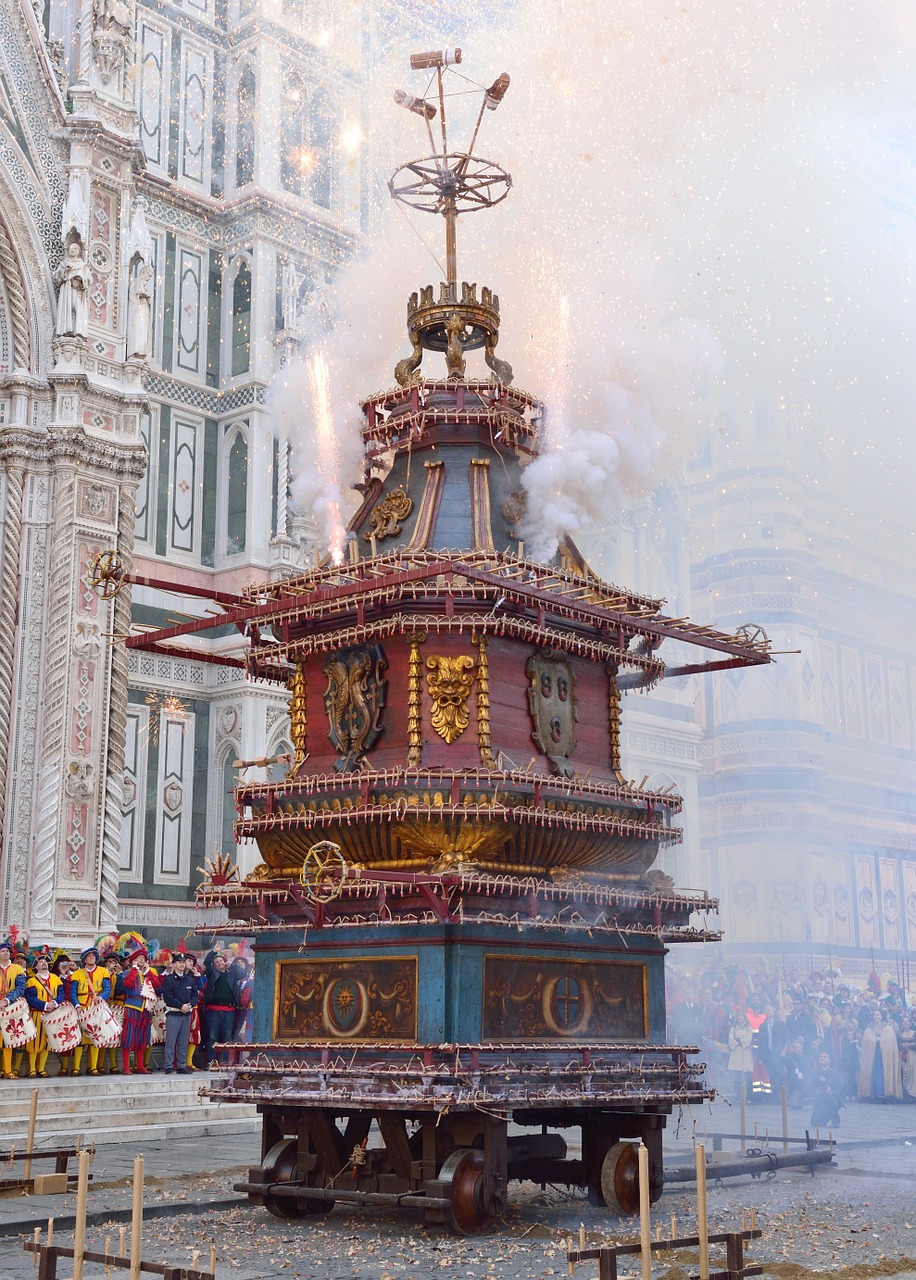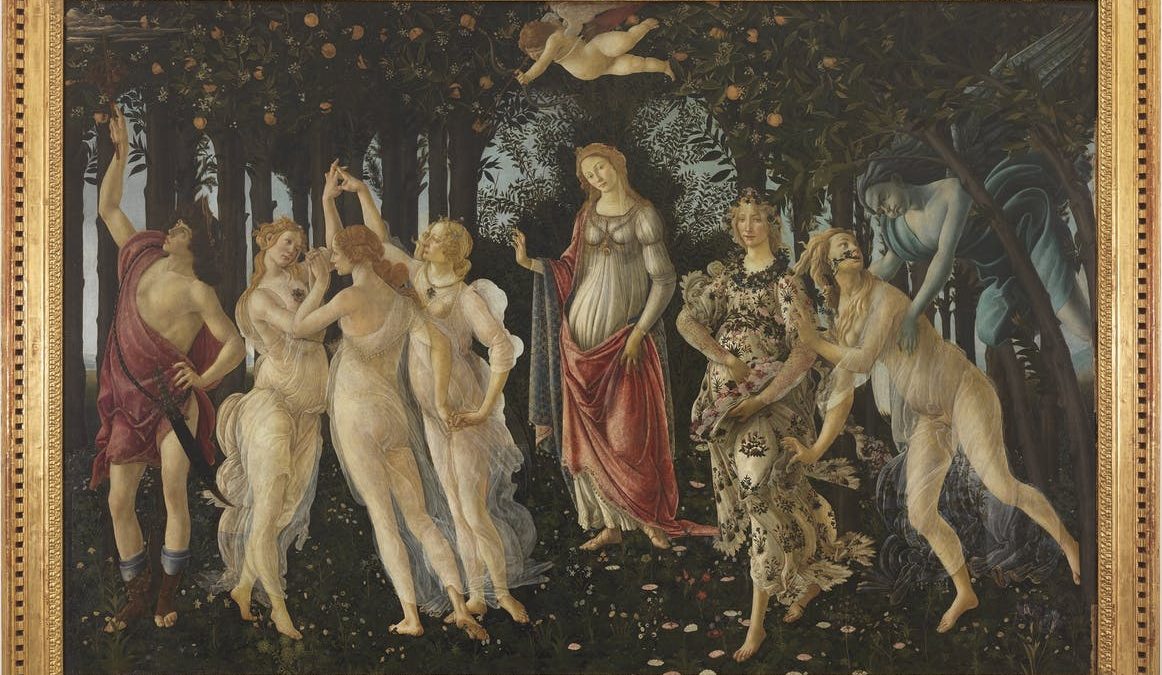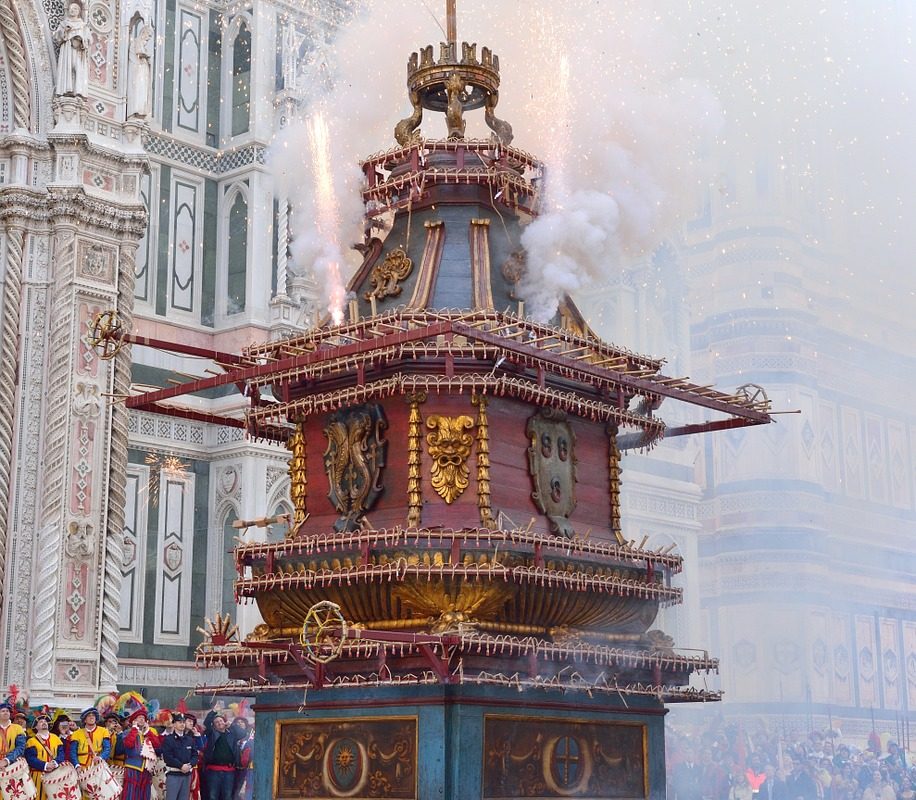
Florentine people and their will to oil the hope’s rope
10 April 2020Botticelli’s Primavera, The Spring, one of the most famous and representative paintings of the Italian Renaissance art, after about 542 years of history still exudes a timeless charm and is shrouded in mystery.
As a matter of fact, the origin and the client (or the sponsor) of this masterpiece are still unknown, and there are several different interpretations which historians and art critics have proposed in an attempt to decipher this wonderful and cryptic allegory.
The work could mainly be read on three levels: a mythological, a philosophical and/or an historical one. Among them the first one will be the frame which will allow us to discover the extraordinary actuality of the painting message when seen under the current circumstances.
The scene presented shows moments of the spring seasons through 9 characters 2 of them being the key ones to understand the painter message.
From right to left we can identify Zephyrus (the spring main wind) who abducting the nymph Chloris and fecundating her with his breath, will make her born again as Flora, the personification of Spring itself, pictured as a woman in a splendid and delicate floral design dress.

Zefiro and the nymph Clori
In the heart of this new birth and flourishing of the earth we can see Venus, the April goddess, and above her head Cupido, her son, is flying.
On her side, the three Graces, Venus’ friends and companions, are ritmically dancing.
Any art history book will now describe the last guy on the left as a seemingly aloof Mercury, who wears his winged shoes and chases away the clouds with a caduceus, to secure and protect the good season’s coming.
Now, to deeply understand Mercury’s importance and the very actual beauty of the message hidden in his gesture we need to ask ourselves a single and simple question: what does Botticelli’s Spring talk about?
This masterpiece is all about birth, actually a rebirth, because the season is generated by a cycle.
In a way, we could define this allegory as an hymn to life. Is an allegory where Spring, with her lush floral dress, symbolizes the returning triumph of life after the rigid winter, sterile and bleak.
Winter, we could say, could be seen and exagerated, as a moment of death and crisis, a time of difficulty where hope is missing.
For the rebirth is mandatory that whilst Zephyrus blows his wind of life to make earth flourish, on another end all fears are dispelled, and this last one is so necessary too…
Fears are nothing but the after-effects of winter, the thoughts, the memories, which can potentially affect the seed we are about to grow , in sight of a new beginning. This is why, for men and not for nature, Mercury and his gesture are so important, so that no clouds on the scene will prevent hope.

Detail of Mercury, Botticelli’s Spring, Florence
In the painting he is represented as a warrior, wearing a helmet and a sword, a soldier ready for war to protect the garden where this divine meeting is taking place. He is the paladin of the rebirth.
As we mentioned at the beginning of this brief article there a still shaded areas and unsolved questions about this masterpiece, but what we can say for sure is that this work has never left Florence and we would say that possibly it was not a coincidence…!
This city, the crib of Renaissance, throughout his history has known the painful and swirling alternation of winters and springs, the creying and the later rolling up the sleeves to start the work again, under the shade of the Duomo or along the Arno river, always coming out as a fulgid winner, with new sap to flourish an always radiant Florence.
A city which has always been resilient and beauty.
So, maybe, when you’ll come visit Florence you will be able to spot Mercury too, maybe around the corner, above a cypress or behind the smile of our people: here he goes with his caduceus…

